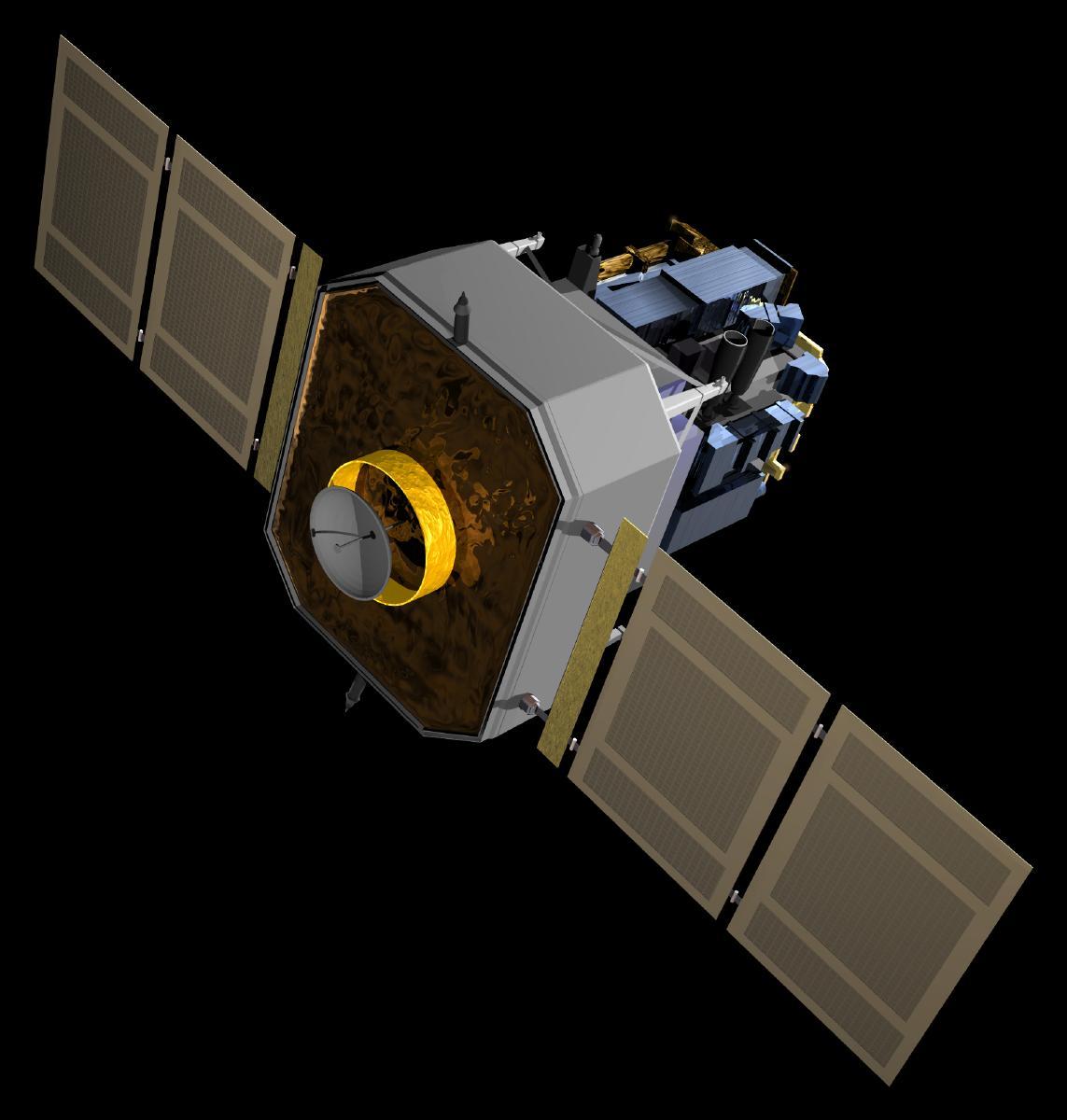The Solar and Heliospheric Observatory (SOHO) has captured the imagination of scientists and the public alike for two decades now. NASA teamed up with the European Space Agency (ESA) on SOHO, which observes the sun from space. It was launched 25 years ago on Dec. 2, 1995, with the mission to study the internal structure of our neighborhood star, its atmosphere, and the origin of the solar wind. SOHO sends spectacular data daily and has led scientists to a wealth of understanding.
Here are the top 5 things you need to know about SOHO, the sun, and other solar observation missions:
SOHO Set Out for Space with an Ambitious Mission: SOHO was designed to answer three fundamental scientific questions about the sun. What are the structure and dynamics of the solar interior? Why does the solar corona exist and how is it heated to such an extremely high temperature? Where is the solar wind produced and how is it accelerated? Clues about the solar interior come from studying seismic waves that appear like ripples on the sun’s surface, a technique called helioseismology.
SOHO Enjoys a Great View: SOHO commands an uninterrupted view of the sun, while always staying within the easy communication range of controllers at home. The space-based observatory moves around the sun in step with the Earth, by slowly orbiting around a unique point in space called the First Lagrangian Point (L1). There, the combined gravity of the Earth and Sun keep SOHO in a position that’s always between the sun and the Earth. The L1 point is about 1 million miles (about 1.5 million kilometers) away from Earth (about four times the distance to the Moon).
Bonus Discoveries: Lots of Comets: Besides watching the sun, SOHO has become the most prolific discoverer of comets in astronomical history. In September 2015, SOHO found its 3000th comet. Sometimes the spacecraft’s instruments capture comets plunging to their death as they collide with the sun.
Extra Innings: SOHO was meant to operate until 1998, but it was so successful that ESA and NASA decided to prolong its life several times and endorsed several mission extensions. Because of this, the mission has been able to observe an entire 11-year solar cycle and much of the next.
Keep Your Eye (Safely) on the Sun: You can see what SOHO sees, almost in real-time. The latest images from the spacecraft, updated several times daily, are available online.




0 Comments